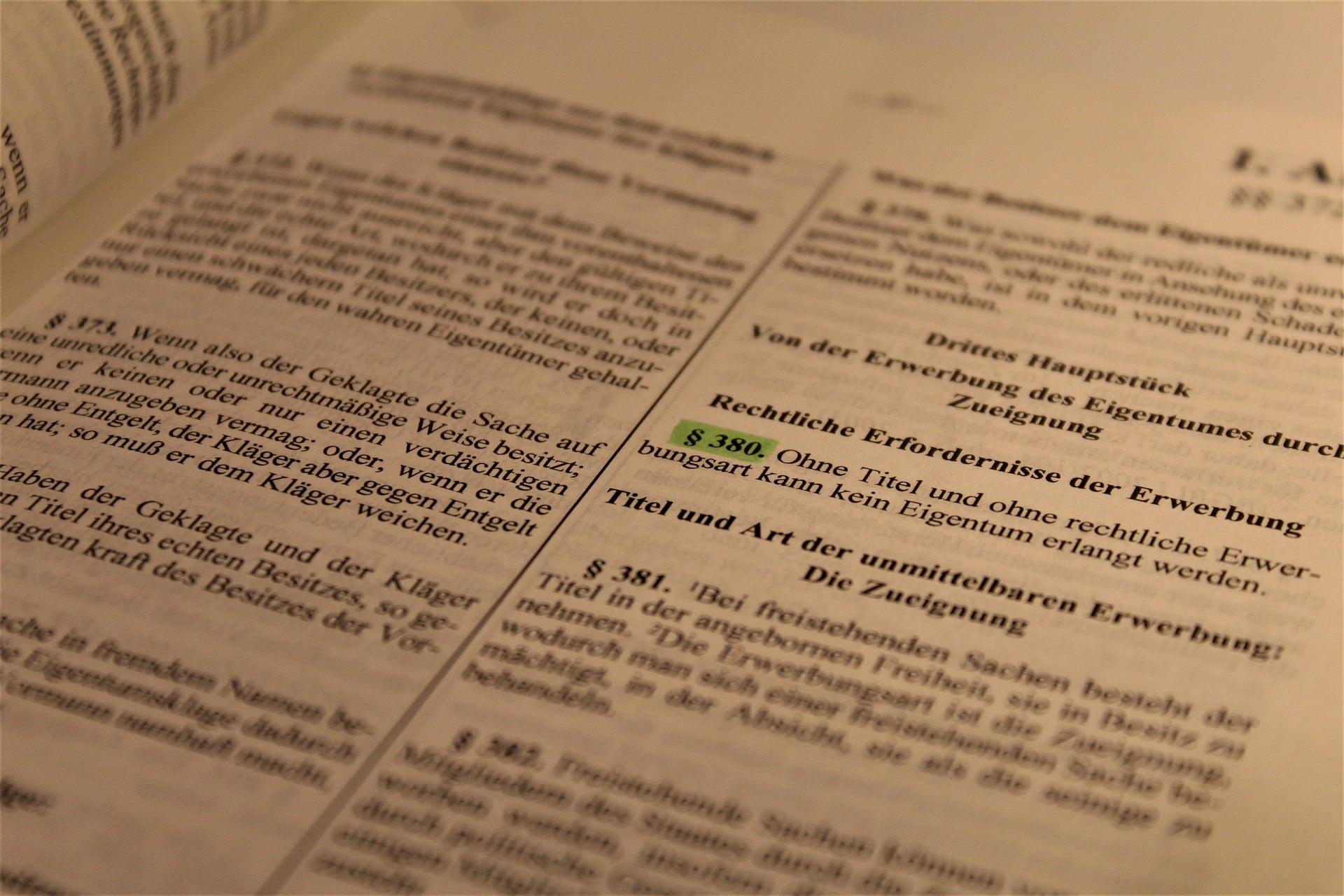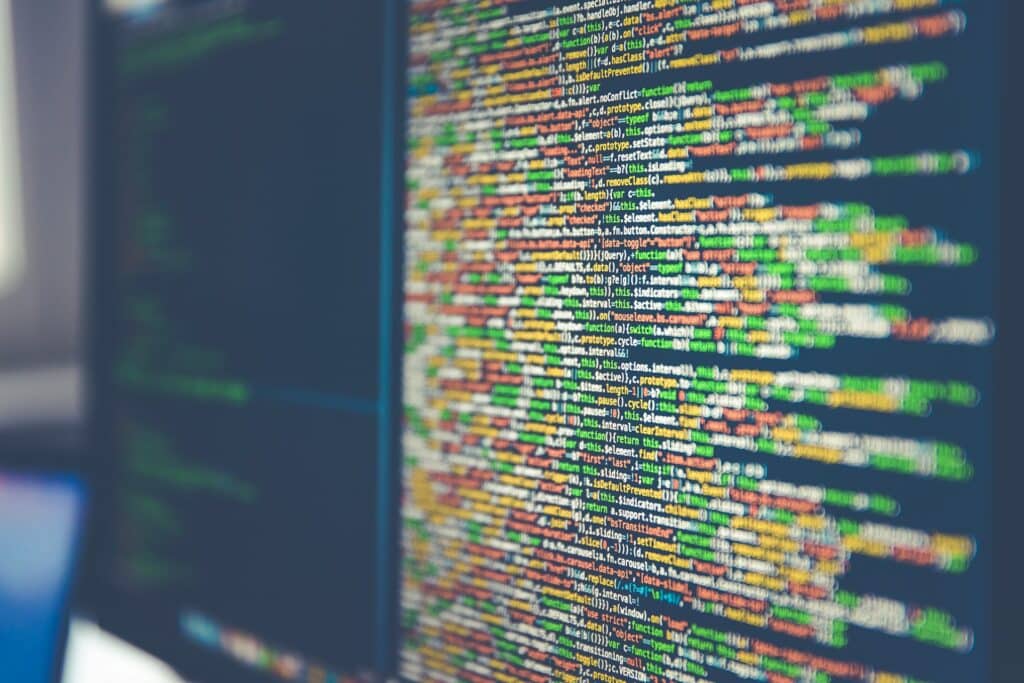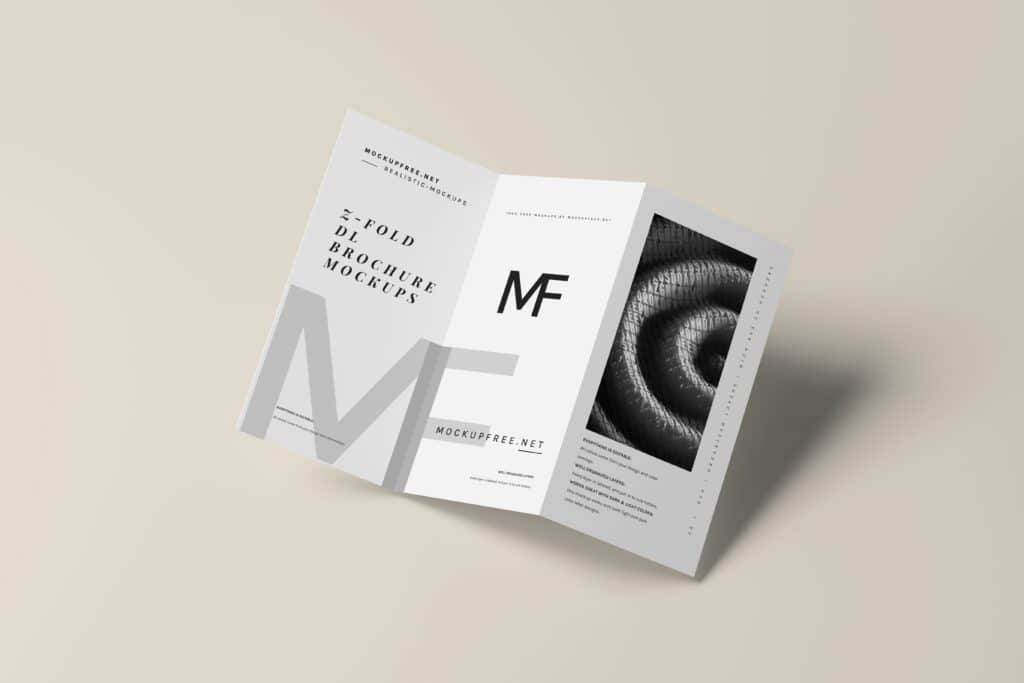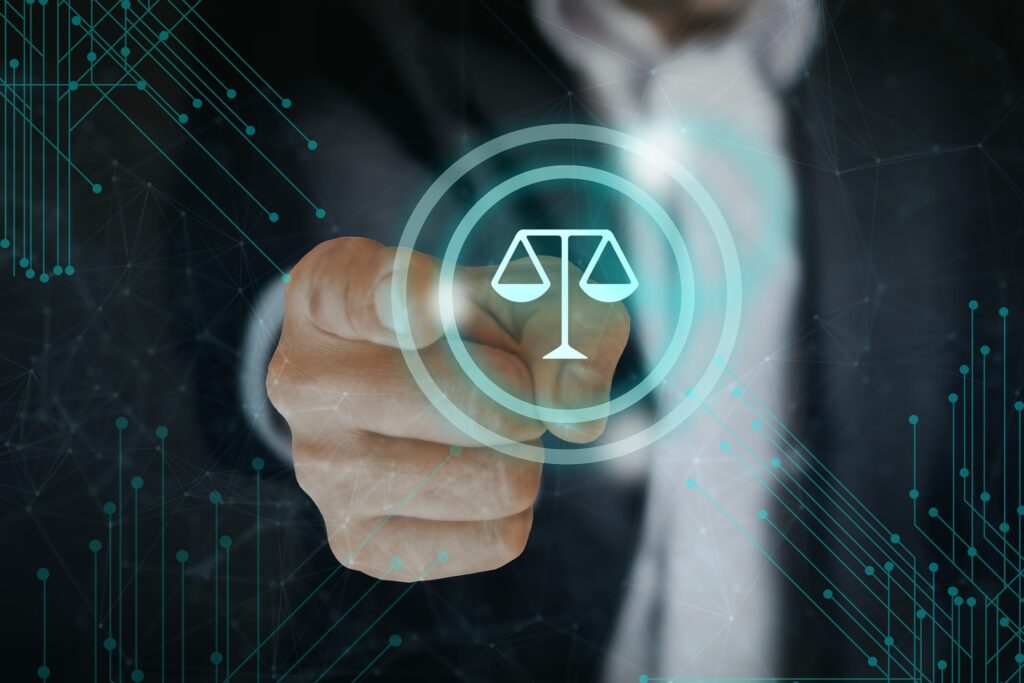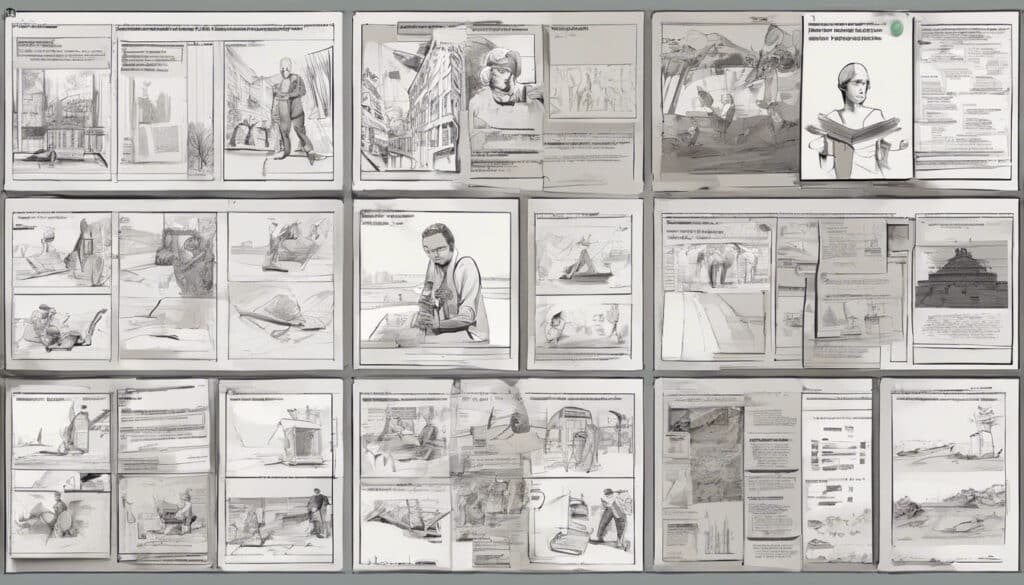Basics of Copyright in Austria
Definition and Significance
The Austrian Copyright Act, known as UrhG, protects intellectual property and regulates the rights of authors and the exploitation of their works. In Austria, copyright in the objective sense is understood as a bundle of all norms that regulate the rights of authors and everything related to them. In the subjective sense, copyright encompasses all rights personally entitled to the author. It is important to understand that copyright in Austria is not transferable; however, authors can transfer individual or all exploitation rights to others.
Copyright arises automatically with the creation of the work by the author and does not require registration. This right protects the author from unauthorized use or alteration of their work. It is the legal and economic basis for the creative industry and is subject to continuous change driven by societal and technological developments.
Legal Traditions: Copyright vs. Copyright
In the continental European legal tradition, which includes Austria, the author with their moral and personal rights is central. Copyright here is inextricably linked to the author’s person and primarily protects the creator’s moral interests. Authors can exploit their works by granting usage rights, but they can never fully relinquish their copyright. These rights are closely tied to their personality and protect, for example, against distortion of the work.
In contrast, the Anglo-American copyright system primarily emphasizes the economic interests of exploiters such as publishers and producers. In the copyright system, artists can transfer all rights to their works. This fundamental difference often leads to misunderstandings and legal difficulties when contracts do not clearly distinguish between copyright and copyright.
In Austria, the rights of authors are comprehensively protected by the Federal Act on Copyright in Works of Literature and Art and Related Rights. This law, first passed in 1936 and subsequently amended several times, ensures that authors can adequately protect and exploit their creative achievements.

Rights in Film Production
Copyright and Usage Rights
When producing a film, you as a film producer must consider various copyrights. It is essential to understand that every element of a film, such as the script, film music, and the final product itself, is protected by copyright. These rights originally belong to the respective authors—writers, composers, and artists. Therefore, using these works within a film production generally requires the explicit consent of the authors. This is usually done through filming contracts or special agreements with the respective creatives.
Before 2005, Austria’s cessio legis rule automatically granted the film producer exploitation rights to the film. However, this rule was found to be contrary to Union law. The 2015 amendment introduced a presumption rule, which in case of doubt assigns the exploitation rights to the film producer, provided there are no contrary agreements. According to § 39 (4) of the Austrian Copyright Act, no separate consent is required for the exploitation of adaptations and translations necessary for the normal exploitation of the film work and do not impair the intellectual interests of the authors.
Film Producers and Their Rights
As a film producer, you receive under certain circumstances the exclusive right to use the film work as well as derived translations and adaptations. This applies particularly when contributors to the film, such as actors or technicians, implicitly grant usage rights through their contracts. Should the authors of these works have previously transferred their rights to a third party, they still retain the ability to grant rights to the film producer.
The statutory remuneration claims for the use of the film work are shared between the author and you as the film producer, unless otherwise agreed. Additionally, authors have the right to demand a share of the proceeds if their work is used for further broadcasting. These claims can be asserted directly against the liable third party and are usually enforced through collecting societies.
It is also important to note that changes to the film work, its title, or the designation of the film producer may only be made with your consent, unless permitted by specific legal regulations. This underscores the extensive rights you hold as a film producer regarding the film work you produce.
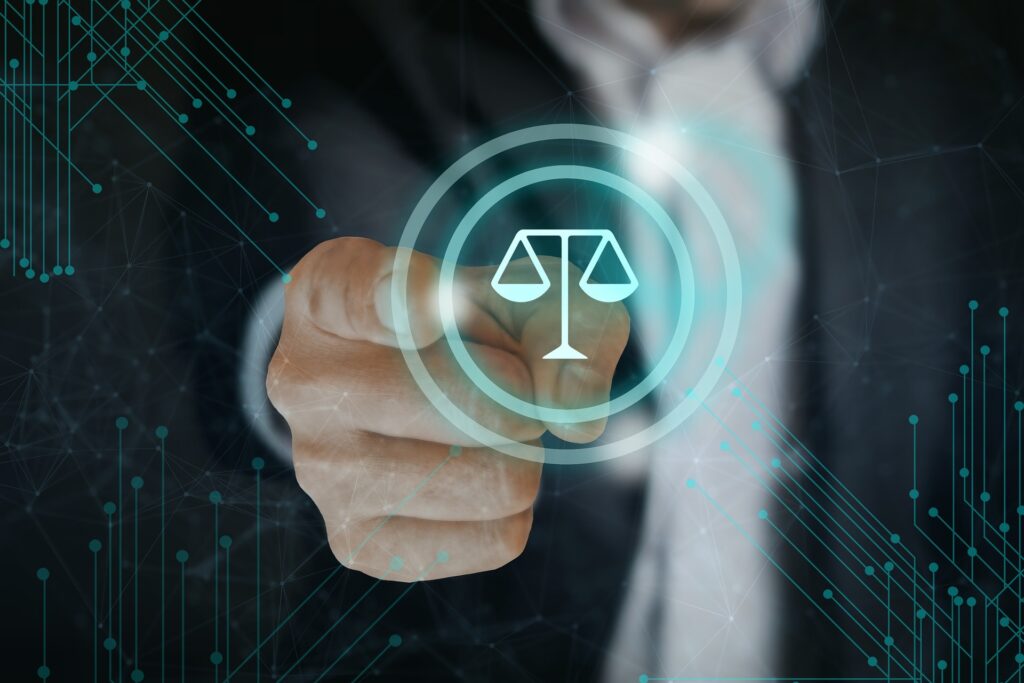
Exploitation Rights and Licensing
Legal Provisions
The exploitation rights enshrined in the Austrian Copyright Act encompass a range of rights essential for the use of a work. These include reproduction rights, distribution rights, renting and lending rights, as well as the right to physical and non-physical reproduction. These rights are detailed and include the broadcasting right, the right of presentation, performance, and exhibition, and the right of making available to the public.
The legal provisions stipulate that exploitation rights belong exclusively to the author and can only be transferred through a work usage contract. This means that without an appropriate agreement or license, the use of the work is not permitted. This is particularly relevant in the film industry, where works of third parties, such as musical pieces or literary sources, are often used and require separate permission.
Contracts and Agreements
In the context of film production, it is common for contracts to be concluded between the authors and the film producers to regulate the use of the works. These contracts specify which rights are transferred and under what conditions. For example, a contract might provide the exclusive right to use a musical piece only for the duration of the film screening.
It is also possible for an author to authorize various individuals or entities to use their work without restricting their own rights. Here, a distinction is made between simple and exclusive usage rights. A simple usage right allows the use of the work but does not exclude the author from granting usage to others. An exclusive usage right, on the other hand, grants the licensee sole use of the work and restricts the author’s rights.
In any case, it is crucial for you as a film producer to carefully review the required usage rights and make all necessary agreements to avoid legal issues. This also includes obtaining synchronization rights for the use of music not already covered by other contracts.
Film production
Problems and Challenges
Copyright Infringements
Copyright infringement is a significant issue you must be aware of as a film producer. If copyrighted works are used without the consent of the respective author, it typically constitutes a copyright infringement. The aggrieved party can take both civil and criminal actions. Civil enforcement mainly involves cease-and-desist letters, through which various copyright claims can be asserted, such as injunctions, removal, and damages. Criminal law prescribes fines or imprisonment for copyright infringements, with a distinction made between private individuals and businesses. For a copyright violation related to a film to lead to criminal prosecution and court proceedings, a request from the aggrieved author is necessary—automatic prosecution does not occur.
Practical Applications and Examples
In practice, specific challenges often arise that require your attention. For instance, the remake of a film, known as a remake, requires the consent of the rights holder of the original film. This applies even to minor updates or local adaptations. In creating parodies, the parodied work must remain recognizable, and a clear substantive engagement is required. Caution is also necessary when using characters from existing works. These characters must be so individually designed in their traits and relationships that they remain recognizable outside their usual context, as with characters like James Bond or Miss Marple, for their use to be permissible.
Another example is the use of photos and personal portraits. Austrian law does not impose a general ban on photography or the distribution of personal images. However, the depicted person can prohibit distribution if their interests are jeopardized. Additionally, photographers, even if the depicted object is free, enjoy protection rights that must be considered in usage.
These examples illustrate the complexity of copyright law and the necessity to thoroughly engage with legal aspects to avoid legal difficulties.
Conclusion
To meet the legal challenges in film production in Austria, it is essential for you as a film producer to secure comprehensive rights. This includes not only known exploitation methods but should also anticipate potential future uses unknown at the time of contract conclusion. Such an approach ensures you remain protected and can flexibly respond to changes in the media landscape.
An important aspect is the right of recall according to § 29 of the Austrian Copyright Act. This right allows you to terminate contracts prematurely if the exploitation of usage rights does not occur or occurs inadequately. However, this recall right does not apply to commercially produced film rights, meaning other regulations apply in such cases.
The proper handling of the act of filming is also crucial. Any use of a pre-existing work for film production requires explicit consent through filming contracts or specific agreements with the involved authors, such as designers or composers. It is important to note that no special provisions for films exist in copyright law, underscoring the need for clear and precise contractual arrangements.
For commercially produced films that are not primarily profit-oriented but serve a corporate purpose, special considerations apply. Even if these films may be unprofitable, they can still contribute to achieving economic advantage. The definition of what constitutes commercial activity—regular and independent activity with the intent to generate profit—guides this.
These points highlight the complexity and necessity of careful legal planning and contractual arrangement in film production. By understanding and applying these legal frameworks, you as a film producer can not only minimize legal risks but also optimally utilize the creative and economic potentials of your film projects.
FAQs
- How long does copyright last in Austria? In Austria, works of literature, music, and visual arts by known authors are protected for 70 years after the author’s death. This period does not include the year of death itself. For works with multiple authors, copyright expires 70 years after the death of the last surviving co-author.
- What distinguishes copyright from usage rights? Copyright always remains with the author and protects their rights to their work. Usage rights, on the other hand, regulate who can use the work and under what conditions. The author can transfer usage rights to others for a licensing fee without losing ownership of the work itself.
- Are films protected by copyright? Yes, films are protected by copyright. Protection arises automatically with the creation of the film. The author can transfer usage rights to third parties through a licensing agreement. Films that are in the public domain, meaning no longer under copyright protection, can be freely used.
- Can you explain copyright simply? Copyright gives the author the exclusive right to distribute, reproduce, make publicly accessible, broadcast, lend, and perform their work. It protects the author’s control over the use of their work.
